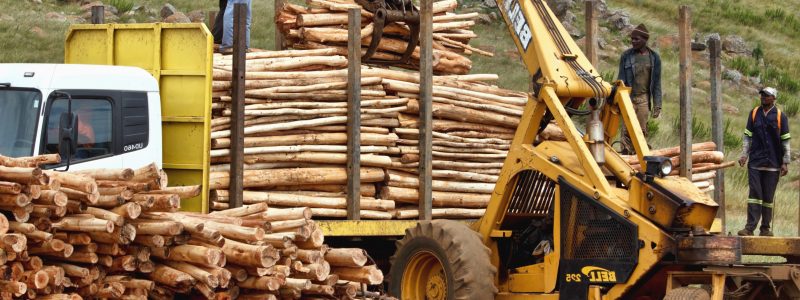A forklift refers to the engine-powered machine invented by Christian Gibson. It is used to lift and transport heavy objects via steel fingers inserted below the transport load. Today forklifts are manufactured in a variety and can be utilized depending on the work being carried out; some common examples include; order pickers, reach fork trucks, walkie stackers, rough terrain forklifts, and counterbalance forklifts. These machines can carry heavy loads from 3000 lbs. to 70,000 lbs. To ensure safety in operations, the use of this machine is regulated by OSHA under Forklift Operator Training.
Regulatory and Operating Procedures
According to OSHA’s recent study, there are between 35,000 to 62,000 serious injuries annually resulting from forklift accidents. This called for the enforcement of the Forklift Standard Operating Procedures. Under these procedures, it is required that:
- Initial training must be thoroughly conducted on the operators, and their skills shall be re-evaluated after three years, upon which they will be given a refresher training course if the operator has been involved in an accident or if they get assigned to another type of forklift where they are noted to operate in a dangerous and potentially unsafe manner.
- Training will only be offered by individuals with the qualifications, knowledge, and field experience under which staff will be trained on vehicular limitations of forklifts, operations, and characteristics of forklifts, and work-related hazards to be on the lookout for.
Standard Maintenance Procedures.
Under the Occupational Safety and Health Administration (OSHA), the following maintenance procedure must be complied with to ensure safety while operating forklift machines.
Inspection and Maintenance
Each forklift has to be inspected by a certified operator before use. The supervising officer should review completed inspection checklists, which will be documented and stored for at least six months. If a forklift is faulty, it must be decommissioned until repairs have been made.
Safety of forklift batteries
OSHA regulations prohibit smoking and prevent ignition sources near the battery charging areas. Additionally, these procedures offer guidelines about ensuring that metallic surfaces are kept away from battery terminals and uncovered conductors. More precautions have to be placed to ensure that in case of an acid splash, the operator can get help fast; these procedures require an eyewash station placed near the charging area. Finally, these procedures require only a trained operator to remove the batteries from the forklift.
Control of emissions from the internal combustion engines
According to the OSHA regulations, on an eight-hour time, the exposure limit should not exceed 35 ppm and the ceiling limit not be beyond 100 ppm.
Loading and Unloading
The Forklift Standard Operating Procedures require that a forklift entering the back of a trailer truck to load or unload must engage brakes and chocked the wheels; additionally, only loads within the necessary capacity under the OSHA regulations. These regulations further postulate that only trained and authorized personnel is to ride in the forklifts.
Conclusion
Forklift Standard Operating Procedures are guidelines to protect employees and reduce the margin of injuries and deaths experienced annually in some potentially dangerous workplaces. These regulations are not there to restrict the employees or make their work harder, and they have been set to look out for them. It is in the individual’s best interest to follow these regulations fully.

